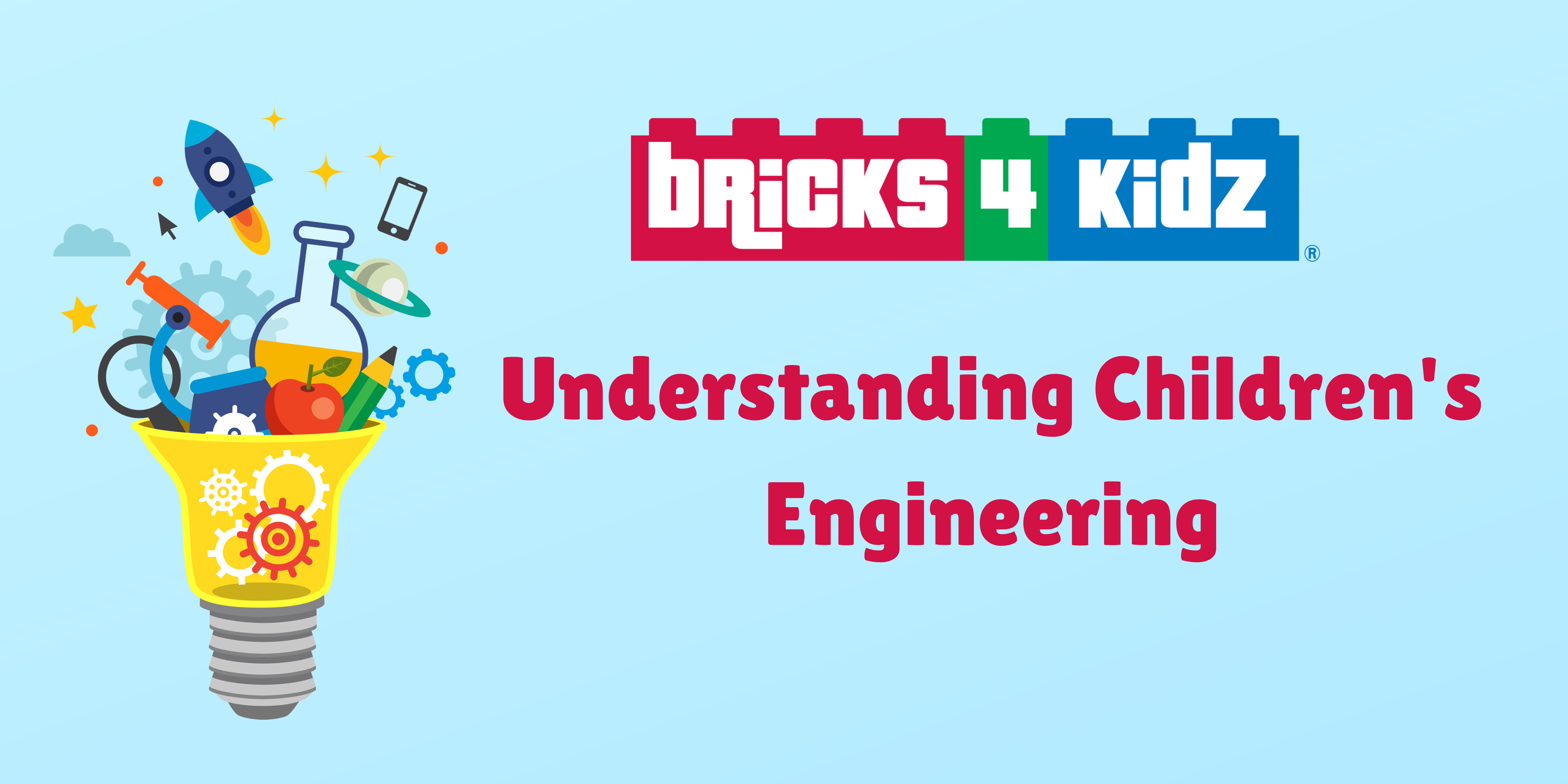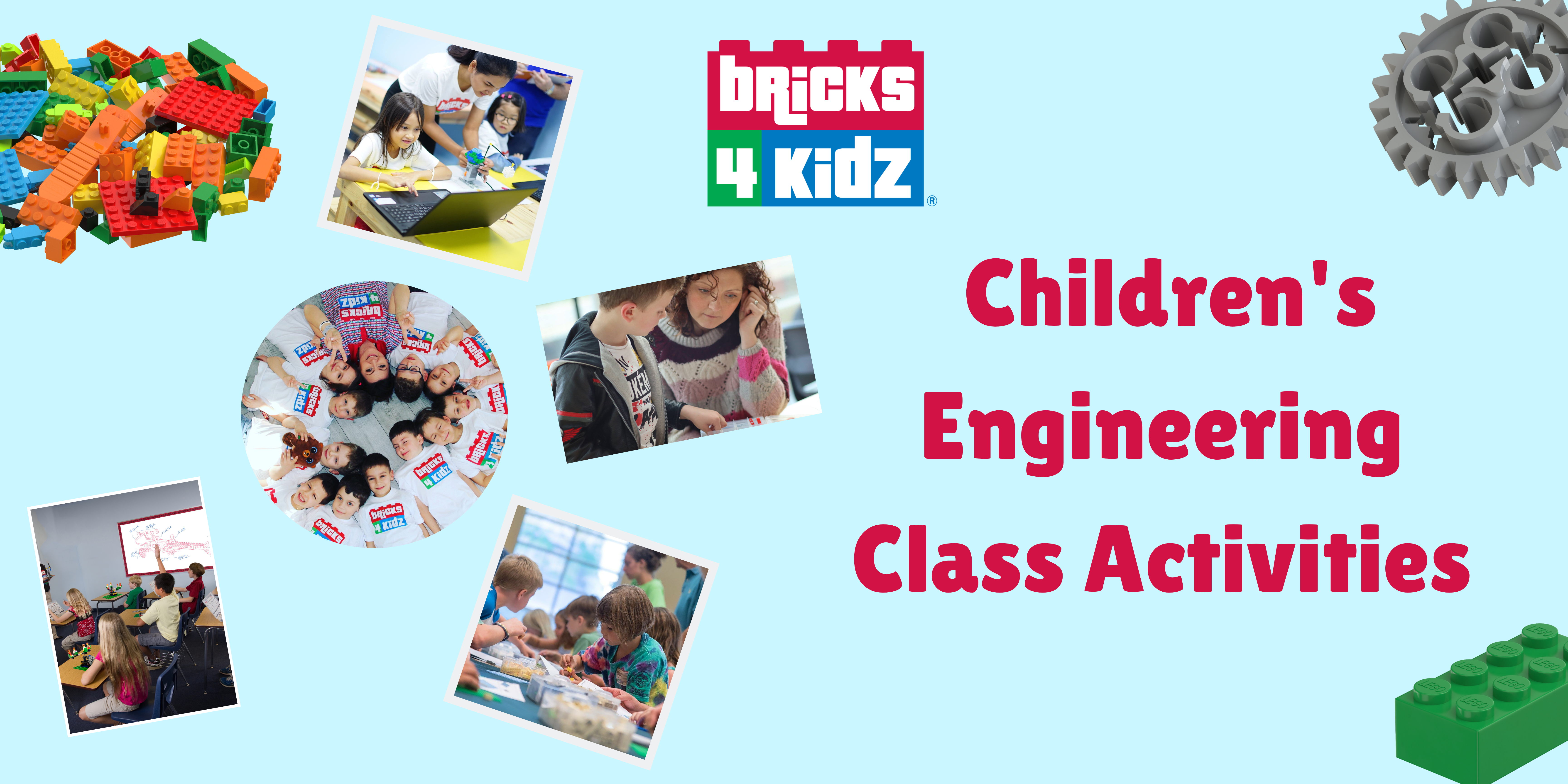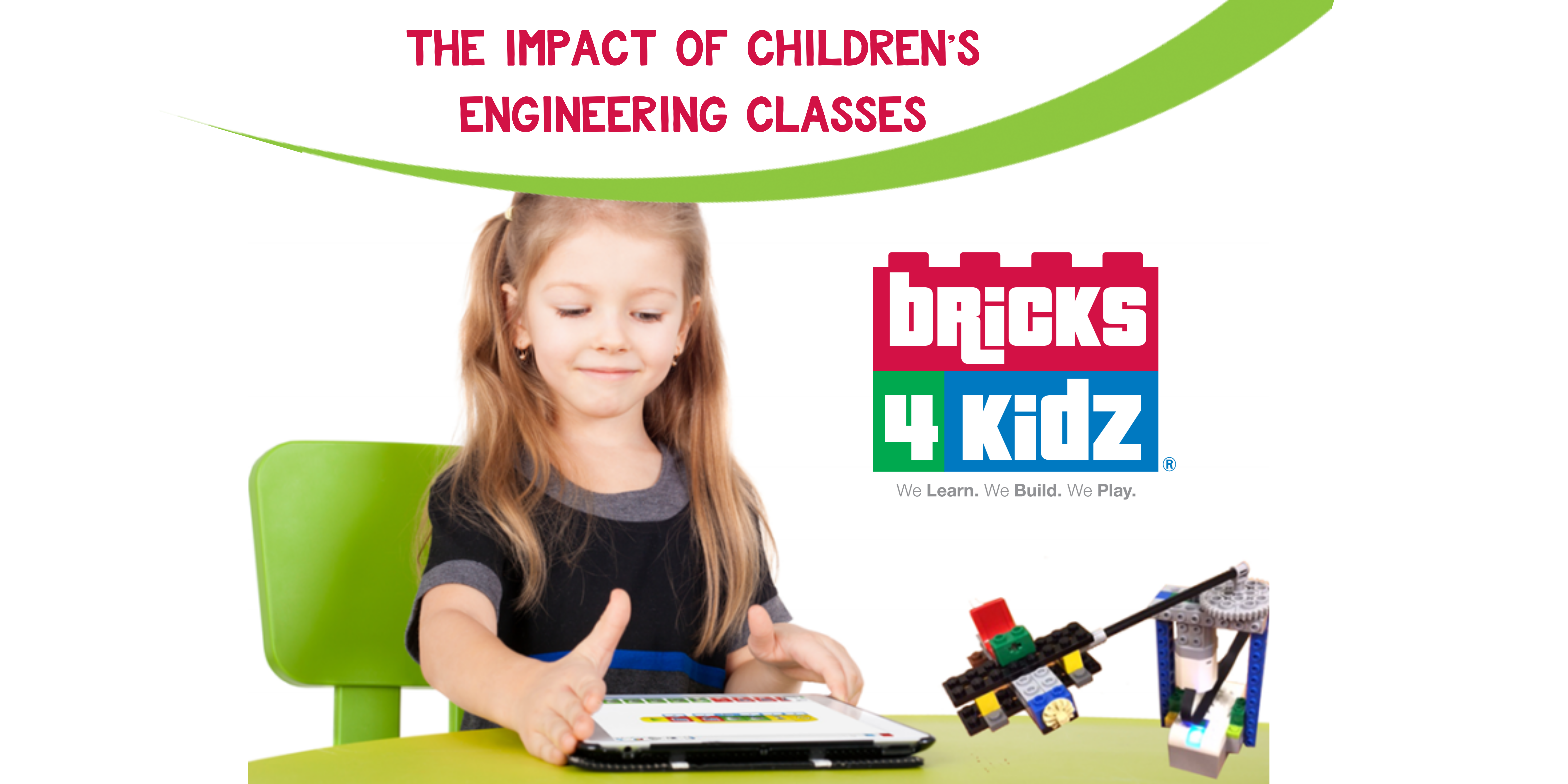In an ever-changing technological world, it’s crucial that we equip our children with the skills and knowledge they need to succeed. One of the ways we can do this is through children’s engineering classes. Such classes form a cornerstone of Science, Technology, Engineering, Arts, and Mathematics (STEAM) education, a multi-disciplinary approach aimed at stimulating creativity, fostering problem-solving abilities, and building a strong foundation for future learning. In this article, we delve into the exciting world of children’s engineering classes and the remarkable benefits they offer.

II. Understanding Children’s Engineering
Children’s engineering is a pedagogical approach that encourages children to use their curiosity and creativity to explore and understand the world around them. In essence, it’s all about helping children think like engineers. Children’s engineering classes encompass hands-on projects and activities that integrate the various elements of STEAM. Through these classes, children not only learn about technical concepts but also apply them creatively to solve real-world problems.
Creativity and problem-solving are integral to children’s engineering. Through project-based activities, students brainstorm, design, create, test, and refine their solutions, thus sharpening their problem-solving skills. Additionally, the integration of arts into engineering nurtures their creativity, allowing them to conceptualize and present their solutions in innovative ways.
III. The Benefits of Children’s Engineering Classes
Children’s engineering classes offer numerous benefits. First, they help develop critical thinking skills. As children analyze and evaluate problems and come up with innovative solutions, they learn to think logically and critically.
Second, these classes foster creativity and innovation. Through imaginative design and prototyping, children learn to think outside the box. They also learn to embrace open-ended challenges, which promotes flexible thinking and resilience.
Finally, children’s engineering classes enhance teamwork and collaboration. Engaging in group projects and problem-solving activities, students learn to communicate effectively and cooperate with others. They experience the power of collective brainstorming and the joy of achieving goals together.
IV. Exploring STEAM Concepts in Children’s Engineering
In children’s engineering classes, children delve into the world of STEAM. They investigate various phenomena using scientific principles and leverage technology, thereby exposing them to multiple digital tools.
Children learn about the fundamentals of engineering, such as designing and building structures and understanding the principles of structural stability and balance. The arts form a crucial part of the curriculum, encouraging children to incorporate aesthetics and creativity in their designs. Lastly, the classes also involve the application of mathematical concepts, such as measuring, calculating dimensions, and solving problems related to their engineering projects.

V. Children’s Engineering Class Activities
Children’s engineering classes offer a wide range of activities to cater to various learning styles and interests. They include hands-on building projects where children construct bridges, towers, or simple machines, and problem-solving challenges that foster analytical thinking. They also feature STEAM-focused experiments and investigations, where children explore the properties of materials and conduct scientific experiments.
VI. Choosing the Right Children’s Engineering Class
Choosing the right children’s engineering class requires careful consideration. Research available programs at local community centers and educational institutions or explore online platforms. Evaluate the program content and ensure it aligns with STEAM principles and provides a high level of hands-on engagement. Also, consider the expertise and qualifications of instructors. They should have experience in STEM education and a knack for engaging and inspiring young learners.

VII. The Impact of Children’s Engineering Classes
Children’s engineering classes have a transformative impact on learners. They empower children as problem-solvers and innovators, cultivating a mindset of exploration and invention. They nurture a lifelong love for STEAM disciplines, fostering an appreciation for the interconnectedness of science, technology, engineering, arts, and mathematics. Importantly, they prepare children for future career opportunities in STEAM fields, giving them a competitive edge in a technology-driven world.
VIII. Conclusion
Children’s engineering classes possess a transformative power that extends far beyond the classroom. Through a combination of creativity, problem-solving, and STEAM education, they equip our children with the skills they need to navigate and shape the future. As parents and educators, it’s crucial that we embrace children’s engineering classes as a pathway to STEAM education. After all, the engineers of tomorrow are in our classrooms today.
As we have explored, children’s engineering classes provide a multitude of benefits, fostering critical thinking, creativity, and a deep-seated love for STEAM disciplines. If you’re keen to ignite your child’s inventive spirit and set them up for success in a technology-driven world, there’s no better time to start than now.
Bricks4Kidz is a globally recognized program that offers engaging and educational children’s engineering classes, combining learning and fun through LEGO bricks. Our experienced instructors guide your child through exciting STEAM projects, from building moving models to creating imaginative designs.
There’s a world of discovery and learning waiting for your child at Bricks4Kidz. So, why wait? Empower your child to become a problem-solver, an innovator, a creator. Enroll your child in Bricks4Kidz today, and take the first step towards building their brighter tomorrow!
Click here to enroll in Bricks4Kidz now!